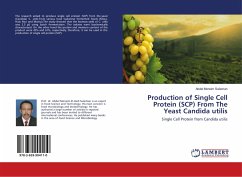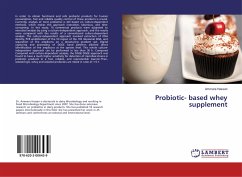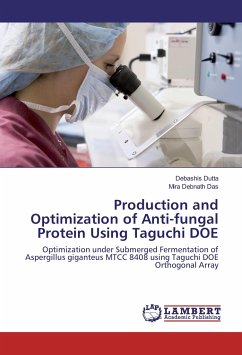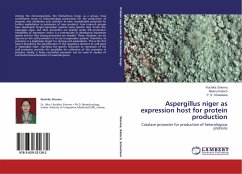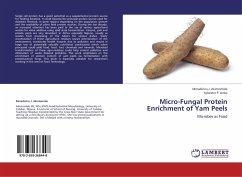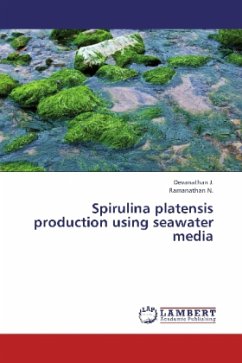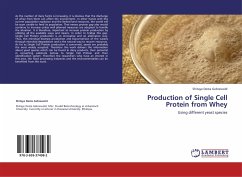
Production of Single Cell Protein from Whey
Using different yeast species
Versandkostenfrei!
Versandfertig in 6-10 Tagen
24,99 €
inkl. MwSt.

PAYBACK Punkte
12 °P sammeln!
As the number of dairy farms is increasing, it is obvious that the discharge of whey from them can affect the environment. In other hands with this current population explosion and the limited land resources, the world will be soon unable to feed its population. That means protein gap also would continue to increase unless well planned measures are adopted to handle the situation. It is therefore, important to increase protein production by utilizing all the available ways and means. In order to bridge this gap, Single Cell Protein production is an innovative and an alternative way. Thus, this...
As the number of dairy farms is increasing, it is obvious that the discharge of whey from them can affect the environment. In other hands with this current population explosion and the limited land resources, the world will be soon unable to feed its population. That means protein gap also would continue to increase unless well planned measures are adopted to handle the situation. It is therefore, important to increase protein production by utilizing all the available ways and means. In order to bridge this gap, Single Cell Protein production is an innovative and an alternative way. Thus, this microbial biomass production and bioconversion of the wastes through microbial degradation and is the natural way to recover resources. As far as Single Cell Protein production is concerned, yeasts are probably the most widely accepted. Therefore this work delivers the information about yeast species which can be found in dairy products, their potential in converting substrate lactose to Single Cell Protein and their identification system. Therefore the researchers who have an interest in this area, the food processing industries and the environmentalists can be benefited from this work.




